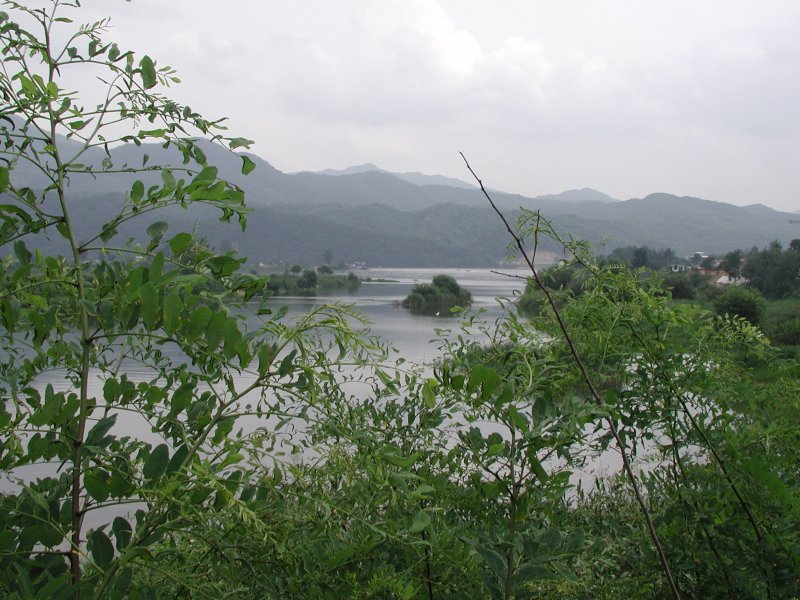Severe Flooding in South Korea Claims 18 Lives, Leaves Widespread Damage

GAPYEONG, South Korea — On July 21, 2025, South Korea experienced severe flooding that resulted in at least 18 fatalities and left nine individuals missing, as reported by the Ministry of the Interior and Safety. The torrential rain, which saw record-breaking precipitation levels, particularly in Gapyeong—62 kilometers northeast of Seoul—triggered landslides and widespread destruction across the region.
The heavy rainfall began on July 19 and persisted for several days, culminating in a staggering 173 millimeters of rain within just 17 hours on July 20, surpassing the previous national daily record of 156.3 millimeters set in September 1998. This extreme weather event has left many residents in shock, with some recounting harrowing experiences of survival as floodwaters rose rapidly.
According to Ahn Gyeong-bun, a local restaurant owner whose establishment was nearly destroyed, "The ground just sank beneath me, and the water rose all the way up to my neck. Luckily, there was an iron pipe nearby. I held on to it with all my strength." Ahn's restaurant, which she has operated for a decade, now stands in ruins, leaving her uncertain about the future.
As reported by the Ministry of the Interior and Safety, damage assessments indicate that 1,999 public structures and 2,238 private facilities, including farms, have been affected by the floods. The government has initiated response efforts to aid those impacted while simultaneously addressing the structural and systemic vulnerabilities that have led to such devastation.
In light of the disaster, President Lee Jae Myung has called for an immediate and thorough response, emphasizing the need for tailored measures that account for regional characteristics. He stated, "If serious laxity or mistakes are found in civil servants' discipline, we will hold them accountable and thorough measures will be taken to prevent a recurrence." This statement reflects a commitment to improving disaster preparedness and response, particularly in light of increasing extreme weather events attributed to climate change.
Kang Yu-jung, spokesperson for President Lee’s office, highlighted the urgency of implementing solutions that adapt to the changing climate and its associated risks. The necessity for comprehensive disaster management strategies has become evident, as the nation faces not only the immediate aftermath of this disaster but also broader implications on infrastructure and public safety moving forward.
In the wake of the flooding, South Korea's national weather agency has issued a nationwide heatwave watch, indicating a rapid shift in weather patterns that poses further challenges for recovery efforts. As the nation grapples with these environmental changes, the need for long-term solutions to enhance resilience against future disasters is paramount.
This severe weather event serves as a stark reminder of the pressing challenges posed by climate change and the need for nations to invest in sustainable infrastructure and emergency preparedness. The situation in South Korea underscores the importance of proactive measures in mitigating the impacts of extreme weather, as communities strive to rebuild and recover from the devastation wrought by this catastrophic flooding.
Advertisement
Tags
Advertisement




